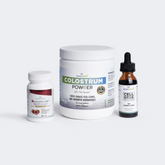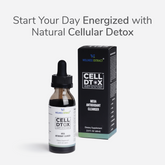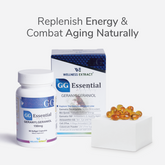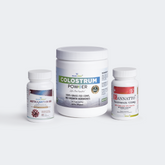*The study suggests that topical GGOH might help prevent or treat MRONJ in patients taking bisphosphonates, but clinical studies are needed to confirm this potential benefit. The optimal concentration and delivery method for GGOH in clinical settings also requires further investigation.
Geranylgeraniol's Role on Bone health
Effect of GGOH on Bisphosphonate-Suppressed Bone Cell Functions
Bisphosphonates, particularly nitrogen-containing ones like zoledronate, are commonly used to treat bone diseases by inhibiting osteoclast-mediated bone resorption. However, they can disrupt the mevalonate pathway, leading to a deficiency in geranylgeranyl pyrophosphate (GGPP), which is vital for the function of osteoblasts (bone-forming cells) and osteoclasts (bone-resorbing cells). This disruption may contribute to medication-related osteonecrosis of the jaw (MRONJ). The study investigated whether supplementing with geranylgeraniol (GGOH), a precursor to GGPP, could counteract the adverse effects of zoledronate on these bone cells.
×
This shows how healthy bone tissue works under normal conditions:
- Osteoblasts are cells that build new bone tissue
- Osteoclasts are cells that break down old bone tissue
- Together, these cells maintain a healthy balance of bone formation and resorption
Bisphosphonate Effect
This illustrates what happens when patients take bisphosphonate medications (like zoledronate):
- Zoledronate inhibits both osteoblast and osteoclast activity (shown in light red boxes)
- This leads to reduced bone formation and resorption
- The end result can be an increased risk of MRONJ (Medication-Related Osteonecrosis of the Jaw), highlighted with a dark red border
GGOH Treatment
This shows how adding GGOH might help counteract bisphosphonate effects:
- GGOH partially restores function to both osteoblasts and osteoclasts (shown in light green boxes)
- This improvement in cell function may reduce the risk of developing MRONJ (shown in green with a green border)
Bone Cell Recovery with GGOH Treatment
Key Takeaways:
- GGOH significantly recovers cell viability in bisphosphonate-treated bone cells
- Osteoblast function markers show substantial improvement with GGOH treatment
- Osteoclast differentiation is partially restored by GGOH
- Bone resorption shows minimal recovery with GGOH treatment
- CALCR gene expression shows significant recovery with GGOH
Other Potential Benefits of Geranylgeraniol (GGOH)
- Pain relief and anti-inflammatory effects
- Mitigation of statin side effects (muscle pain and weakness)
- Potential in treating MRONJ (medication-related osteonecrosis of the jaw)
- Support of cellular function, especially in older adults
- Promotion of wound healing and angiogenesis
- Blood sugar regulation
- Potential therapeutic agent for low testosterone levels
- Choosing a selection results in a full page refresh.


























